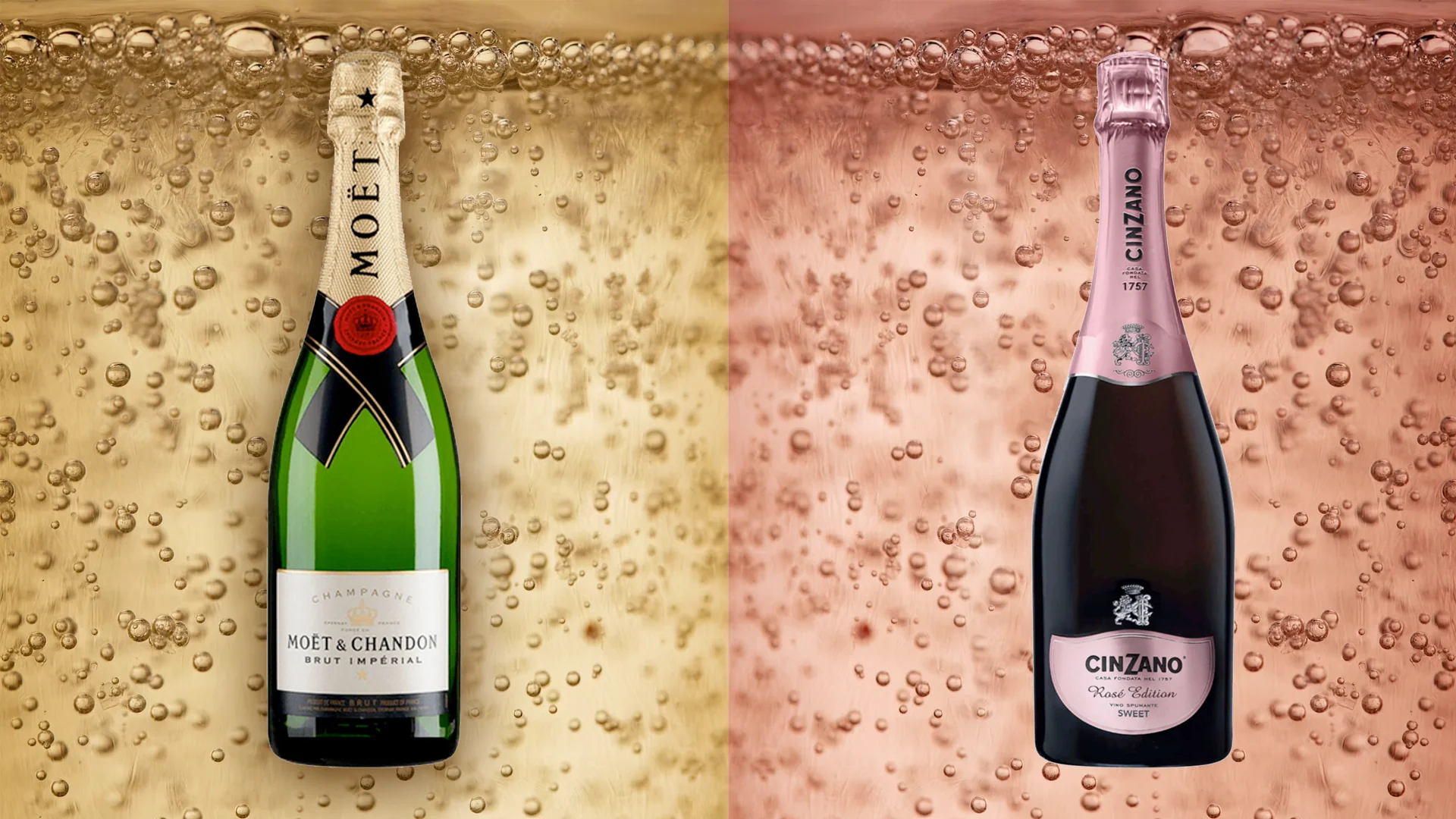Champagne and sparkling wine are often used interchangeably in casual conversation, but the two terms actually refer to very specific types of beverages. Understanding the difference between them can help you make better choices when purchasing a bottle for your next celebration or dinner party.
The primary distinction between champagne and sparkling wine lies in their geographical origin. The term “champagne” is reserved exclusively for wines produced in the Champagne region of France, located about 90 miles northeast of Paris. This area’s unique climate and soil contribute significantly to the taste and quality of its wines. Any sparkling wine that does not originate from this region must be labeled differently, regardless of how similar it may be in taste or production method.
Another key difference is the method by which these wines are made. Both champagne and many high-quality sparkling wines are made using a process called “méthode champenoise,” involving a secondary fermentation inside the bottle. However, not all sparkling wines use this method; some cheaper varieties might use other methods like Charmat or bulk process where secondary fermentation happens in large tanks rather than individual bottles.
In terms of flavor profiles, both champagne and sparkling wine offer a wide range depending on factors Special offers like grape variety, aging process, sugar content (referred to as dosage), among others. Generally speaking though, traditional French champagnes tend to have more complex flavors with notes of biscuit or bread dough due to longer aging periods on lees (dead yeast cells). On the other hand, many New World sparklers—those from regions outside Europe—are fruitier and lighter-bodied.
Price is another factor where differences become apparent. Because of strict regulations governing its production coupled with worldwide demand for this prestigious product, champagne tends to be pricier than most sparkling wines. In contrast, you can find excellent bottles of Prosecco (from Italy) or Cava (from Spain) at much lower price points without sacrificing too much on quality.
In conclusion, while champagne and sparkling wine may seem similar at first glance, they each have unique characteristics that set them apart. Whether you prefer the rich complexity of a vintage Champagne or the fresh fruitiness of a New World sparkler, understanding these differences can enhance your appreciation for these effervescent wines. Remember to choose based on your personal taste preferences and occasion rather than simply going by the label. After all, both champagne and sparkling wine are meant to be enjoyed!

